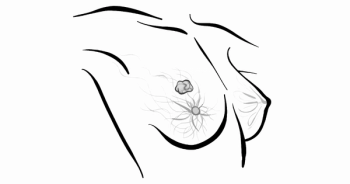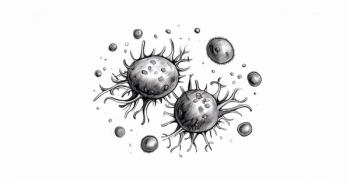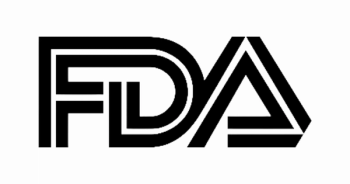
Adding Blue-Light Cystoscopy Better Detects Bladder Cancer
Select medical centers nationwide are now offering blue-light cystoscopy imaging to better detect papillary cancer of the bladder.
Joseph Mashni Jr, MD
Banner MD Anderson Cancer Center and other select medical centers nationwide are now offering blue-light cystoscopy (BLC) imaging to better detect papillary cancer of the bladder.1While white-light cystoscopy (WLC) has been the mainstay for viewing suspicious lesions during surgery to remove these tumors, a press release from Banner maintains that harder-to-see tumors may be missed using this methodology alone.
“The potential of blue-light cystoscopy and Cysview is to identify more bladder tumors and aid in a more complete resection, which is very important in optimally treating bladder cancer,” said Joseph Mashni Jr, MD, a surgeon at Banner MD Anderson, in the press release.
BLC works by illuminating the tumorous tissues with a fluorescent chemical called hexaminolevulinate HCI (Cysview).2The chemical is placed in the bladder and absorbed by cancer cells, turning them hot pink under the blue light.
Cysview is FDA approved for use with BLC for cystoscopic detection of non-muscle invasive papillary cancer of the bladder among patients suspected or known to have lesion(s) on the basis of a prior cystoscopy. According to the Cysview website, the agent is used with KARL STORZ D-Light C Photodynamic Diagnostic System in the blue-light setting as an adjunct to the white-light setting.2
Prior to imaging, a catheter is inserted into the urethra and about 2 ounces of the imaging solution is placed inside the bladder. This is left in place for 1 hour so that the bladder is ready for cystoscopy.3After first using white light, the doctor switches to the blue-light mode. The absorption of the imaging agent allows other hard-to-see tumors to become more visible, standing out against normal bladder tissue and making it easier for the doctor to identify and remove them.
Recurrence is common in patients with non-muscle-invasive bladder cancer (NMIBC), prompting the necessity of thorough follow-up imaging. Sylvester et al estimate recurrence rates (5 years post diagnosis) of 31% to 78% in low- and high-risk subgroups, respectively.4
Garfield et al5studied the safety and cost effectiveness of the blue-light method in 2013. They compared BLC to WLC at the time of initial transurethral resection of the bladder tumor (TURBT). Three potential outcomes established in the study included: recurrence monitoring for patients with proven NMIBC, ongoing monitoring for patients in whom no bladder cancer was found, and muscle-invasive surveillance for patients diagnosed and treated for MIBC. Data showed that patients in the BLC group avoided higher cancer burden for recurrent or progressive disease upon follow-up, with an 11% improvement.
According to the Cysview website, the imaging agent is not a replacement for random bladder biopsies or other procedures used in the detection of bladder cancer, and it is not for repetitive use.
References
- Banner Health [press release]. Blue light procedure helps Banner MD Anderson doctor better detect bladder cancer. http://www.bannerhealth.com/About+Us/News+Center/Press+Releases/Blue+light+procedure+helps+Banner+MD+Anderson+doctor+better+detect+bladder+cancer.htm. Accessed November 17, 2015.
- Cysview. What is blue light cystoscopy with Cysview? https://www.cysview.com/blue-light-cystoscopy-with-cysview-2/what-is-blue-light-cystoscopy-with-cysview/. Accessed November 17, 2015.
- The University of Texas MD Anderson Cancer Center. Bladder cancer: blue light cystoscopy. http://www.mdanderson.org/patient-and-cancer-information/cancer-information/cancer-types/bladder-cancer/diagnosis/cysview.html. Accessed November 17, 2015.
- Sylvester R, van der Meijden A, Oosterlinck W, et al. (2006) Predicting recurrence and progression in individual patients with stage Ta T1 bladder cancer using EORTC risk tables: a combined analysis of 2596 patients from seven EORTC trials. Eur Urol 49(3):466-475;.
- Garfield S, Gavaghan M, Armstrong S, Jones J (2013) The cost-effectiveness of blue light cystoscopy in bladder cancer detection: United States projections based on clinical data showing 4.5 years of follow up after a single hexaminolevulinate hydrochloride instillation. Can J Urol 20(2):6682-6689.










































